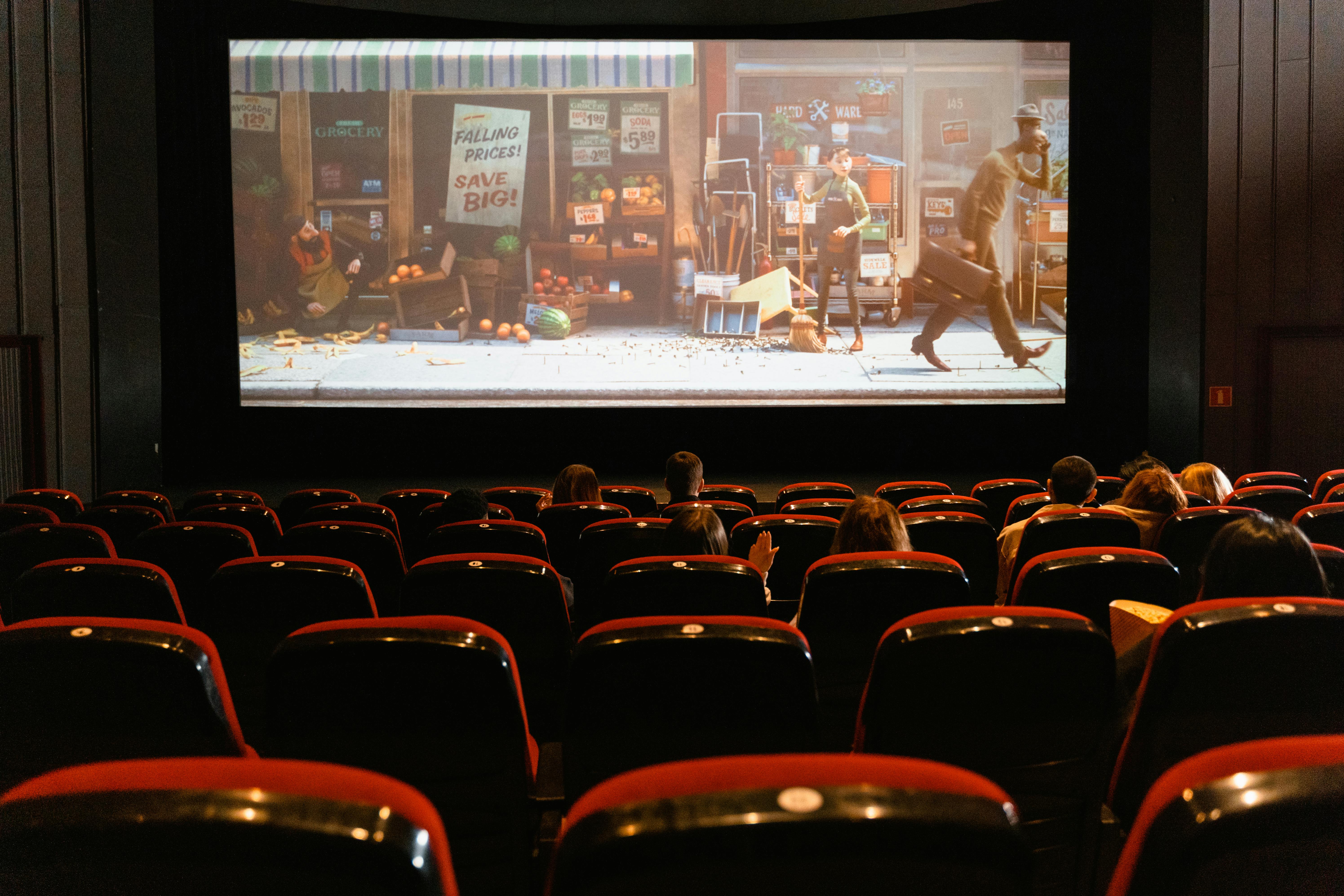Unveiling the Artistry in Food: A Closer Look into Culinary Cinema
Introduction: Step into the world of culinary cinema—an artistic genre that savors the visuals of food preparation and the cultural narratives it evokes. This article takes a deep dive into this deliciously mesmerizing world, tracing its historical roots and its contemporary impact on film and culture.

The Genesis of Culinary Cinema
Culinary Cinema first began gaining traction in the 1990s, with films like “Babette’s Feast” and “Like Water for Chocolate.” These movies used food as a central theme or plot device, vividly portraying the culinary arts in a way that tantalized the senses and tugged at heartstrings. From then on, food became more than just sustenance in film—it became a symbol, a narrative device, and an art form in its own right.
Food as a Narrative Device
In cinematic history, food has often been used as a narrative device. It can symbolize love, as in the film “Chocolat” where the act of making chocolate becomes a sensuous dance. It can denote conflict, as shown in “Eat Drink Man Woman,” where the elaborate Sunday dinners are a silent battleground for family tensions. Culinary Cinema takes this a notch higher, making food an essential part of the story, rather than just a prop.
The Current Landscape of Culinary Cinema
In the past decade, Culinary Cinema has seen a surge in popularity, with movies like “Julie and Julia,” “Chef,” and “Jiro Dreams of Sushi” captivating audiences worldwide. These films not only showcase the artistry of cooking but also explore diverse cultural narratives surrounding food. Streaming platforms are also contributing to this trend, with shows like “Chef’s Table” and “The Great British Bake Off” gaining a massive following.
The Impact and Significance of Culinary Cinema
Culinary Cinema offers a unique perspective on our relationship with food. It highlights the emotional connection we have with what we eat, the stories behind each dish, and the cultural significance of different cuisines. It also draws attention to the artistry involved in cooking—each dish is a creative expression, each meal a performance. This genre encourages viewers to acknowledge the craftsmanship in their meals, promoting a more thoughtful and appreciative approach to eating.
The Reception and Future of Culinary Cinema
Culinary Cinema enjoys a warm reception from audiences and critics alike. It appeals to our universal love for food and our innate curiosity about different cultures. The future of this genre looks promising, with more filmmakers exploring the potential of food in storytelling. As we move forward, Culinary Cinema will likely continue to grow, feeding our appetites for visually stunning, emotionally captivating narratives that celebrate the art of food.
In conclusion, Culinary Cinema is an artistic genre that uses food as a central theme or plot device. Its popularity continues to rise, with more filmmakers exploring the potential of food in storytelling. As this genre continues to evolve, it will undoubtedly continue to captivate audiences with its deliciously engaging narratives.





